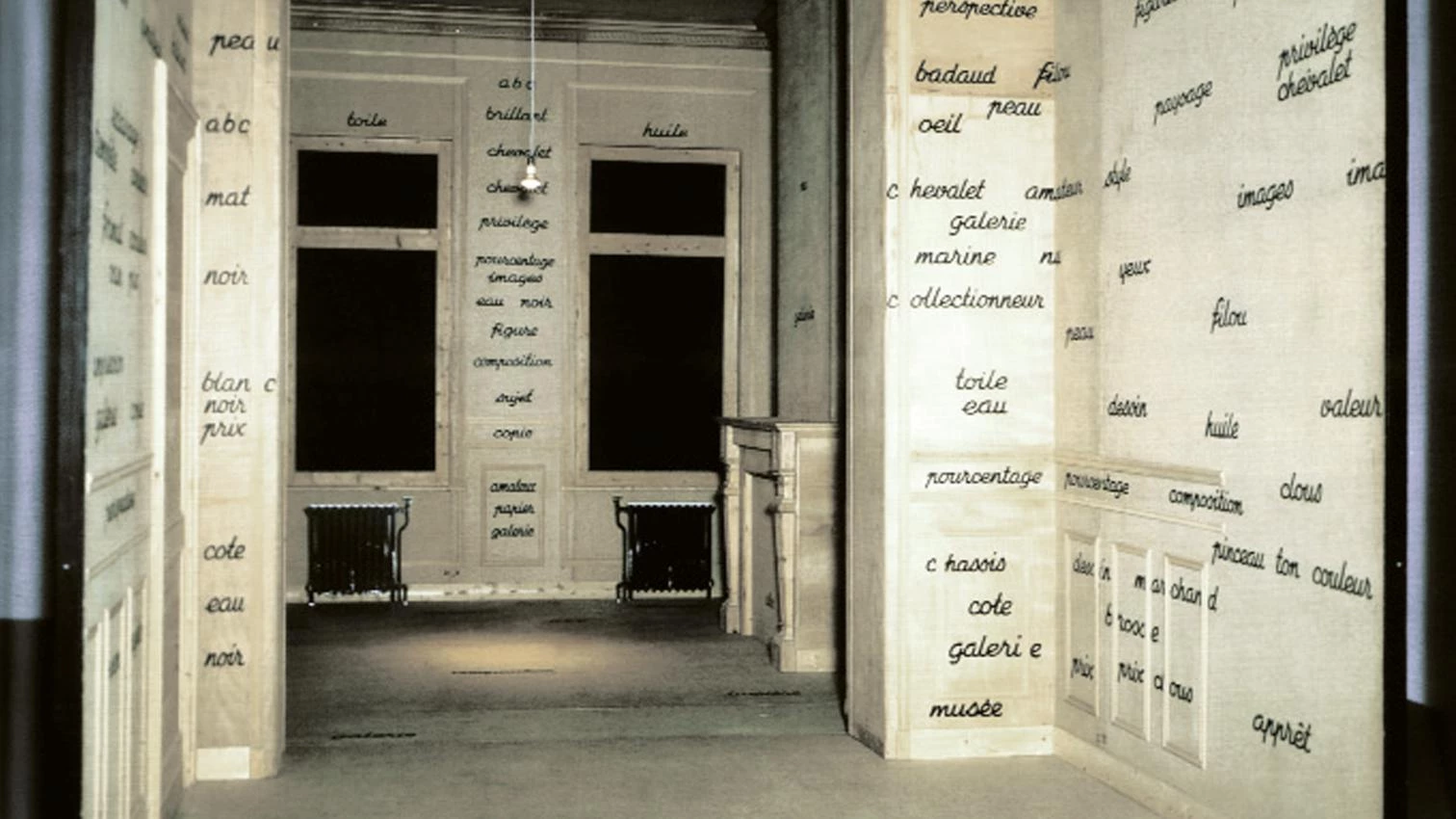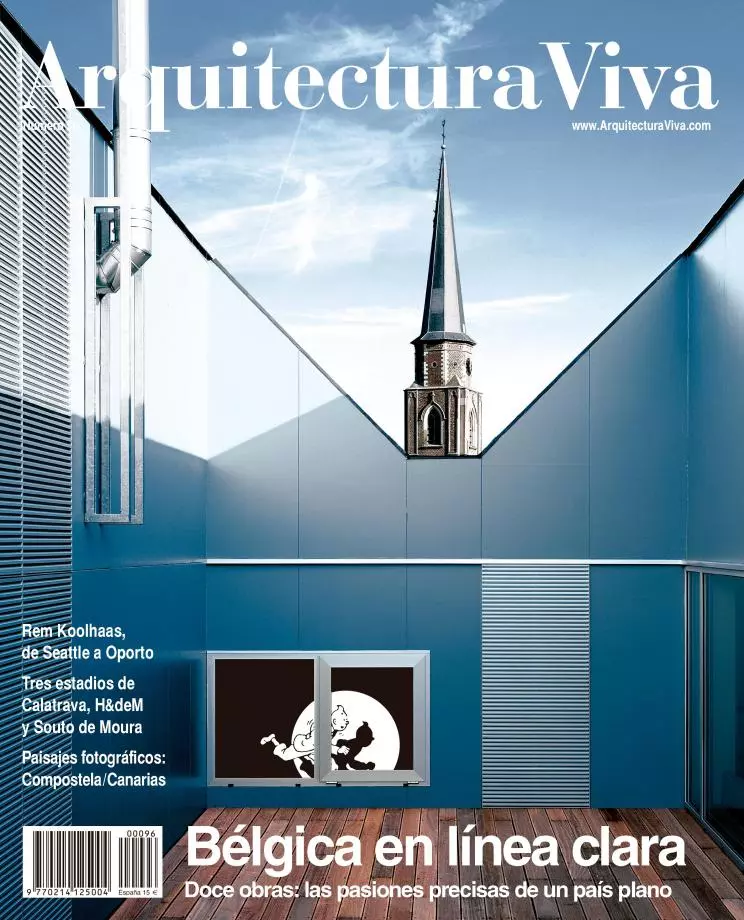
We would need Hergé to outline an intelligible drawing of this at once diffused and divided country, and even then we would not know if la ligne claire serves to delimit the perimeter or to trace fractures. Transferring alpine perplexities to its flat landscape, we could write that la Belgique n’existe pas, and also here we would be forced to offer a bilingual version to account for that interior crack that makes its survival an improbable and renewed fortune. In these Balkanic times, the library of the University of Leuven, divided in two between Louvain-la-Neuve and Leuwen, would serve as mute symbol of an abrasive split that, even if it has avoided the bloody catastrophes of other European scenarios, cannot be described either as a velvet divorce.
Hinge and battlefield of Europe, venue of the common institutions and stage of the struggles for the hegemony of the continent, this country of civil Gothic and military cemeteries, brown beer and gray Eurocrats, is also a cultural artifice that stays up on Flemish painting and French prose, with the surreal touch given by Magritte or Delvaux and the tragic dimension it earns for having known the heart of darkness in Leopold’s Congo. Today, though Belgium mints coins on the 75th anniversary of Tintin, this French-speaking and ambiguous heroe is perhaps not so good a national symbol as the Gemini tennis-players – the Walloon Justine Henin and the Flemish Kim Clijsters –, whose rival hierarchy well expresses the divided pride of a small country.
Tangled up with Spain in a courtier labyrinth of weapons and tapestries that extends from Philip the Handsome to Fabiola, the country that since 1831 is called Belgium started to take shape in a crucible of conflicts that had as main characters the Charles V born in Ghent, the Duke of Alba of the Tercios and the Alejandro Farnesio that, in struggle with William of Orange, created in 1585 a stubbornly persistent political subject. This common path leads to the pointed roofs of El Escorial, brought from Bruges by Philip II and Herrera, and the way the monastery reconciles Italian classicism and Flemish Gothic symbolizes other encounters between the North Sea and the Mediterranean South which flourished in the painting and the arts of the Peninsula.
Exchanges during the 20th century have been more scant, and the architecture of Horta or Van de Velde has had the shallow reception of the philatelic images of the Expo’58 Atomium, the resistant anti-modernity of the AAM or the participatory populism of Lucien Kroll. Meanwhile, a new generation of refined cosmopolitan laconicism, forged in domestic works and in the dialogue with art, has reached the maturity of public commissions. We could feign that its succinct language evidences the growing weight of the Calvinist and Republican legacy in its clash with the figurative and monarchist Catholicism; but there is more correspondence with the unanimous time of the world than iconoclastic passion in these architects of blurred identity and clear line.





